Ever wondered which dog breeds could thrive without the comforts of home? Some breeds still carry the instincts, strength, and smarts that would help them survive in the wild. From rugged working dogs to fiercely independent hunters, these pups are built tough both mentally and physically. Whether it’s their endurance, sharp senses, or survival skills, these 15 breeds could definitely hold their own out in nature. Let’s dive into which dogs are ready for the great outdoors!
Alaskan Malamute
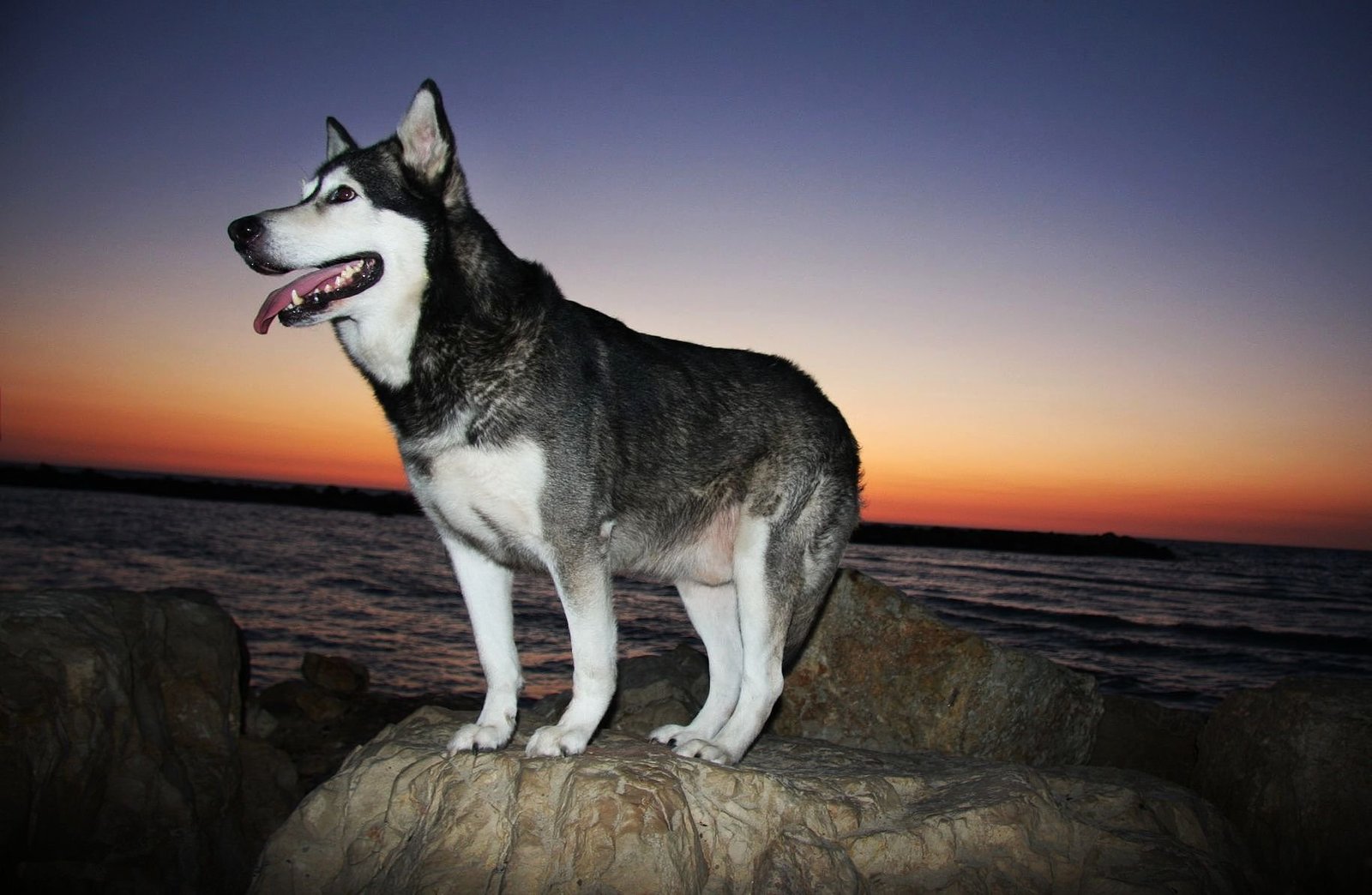
The Alaskan Malamute is a powerhouse, bred for endurance and strength. With their thick double coats and robust build, they were originally used to haul heavy loads across frozen terrains. Their wolf-like appearance isn’t just for show—they possess an independent spirit and an incredible ability to fend for themselves. Malamutes can hunt, track, and navigate harsh conditions with surprising intelligence. In the wild, their pack mentality and social skills would help them coordinate for survival, just like their ancestors did. They’re also expert diggers, able to create shelters in snow or earth. Whether it’s finding food or braving blizzards, the Alaskan Malamute is a survivor through and through.
Siberian Husky
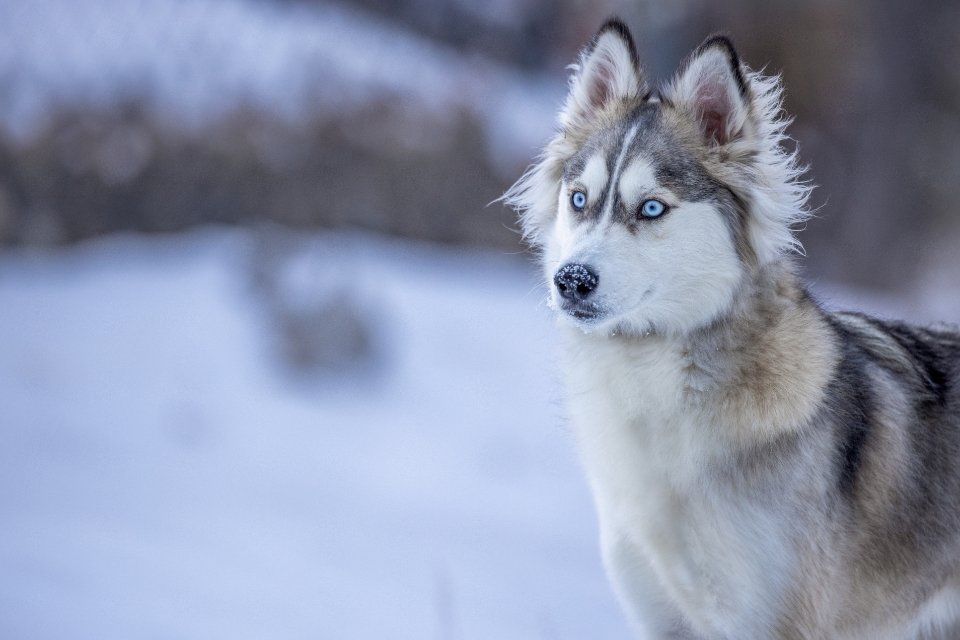
Siberian Huskies are famous for their resilience and adaptability. These dogs once pulled sleds over vast, icy landscapes in Siberia, showcasing their stamina and teamwork. Their thick fur protects them from freezing temperatures, while their agile bodies allow for quick movement through snow and forest. Huskies have a strong prey drive and are skilled hunters, capable of catching small game if needed. They’re also resourceful and quick learners, able to figure out solutions in tricky situations. With a high level of independence and a keen sense of smell, Siberian Huskies would have no trouble finding food and shelter in the wild.
Akita Inu
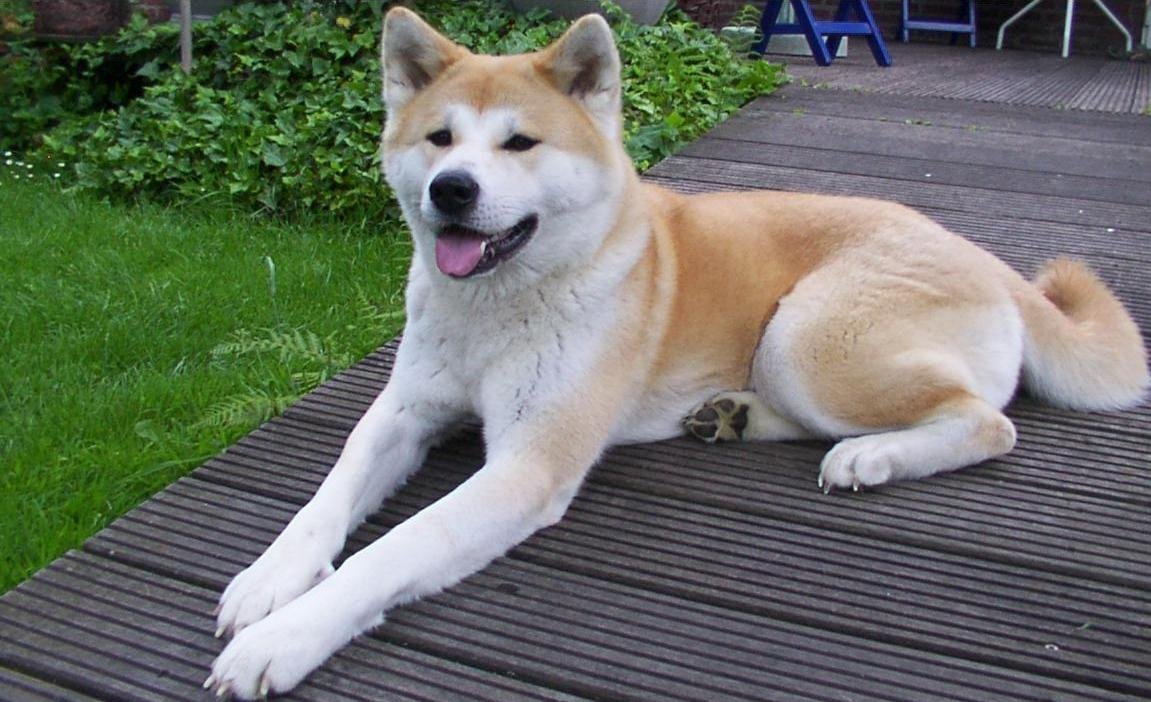
The Akita Inu, a noble breed from Japan, is known for its loyalty and fearlessness. These dogs were originally bred to hunt large game such as bears and boars. Their muscular frame, powerful jaws, and thick fur make them well-suited for rough outdoor conditions. Akitas are quiet but alert, always ready to protect themselves or their pack. They’re also skilled at tracking and have a sharp mind for problem-solving. In the wild, an Akita would rely on its instincts, bravery, and physical prowess to hunt, navigate, and survive in even the most challenging environments.
Belgian Malinois
Belgian Malinois are renowned for their intelligence, agility, and work ethic. Commonly used as police and military dogs, they’re highly trainable and responsive to commands. But what makes them wild survivors is their incredible drive and adaptability. Malinois have boundless energy, sharp senses, and the ability to track scents over long distances. Their lean, muscular bodies are made for running, jumping, and climbing, which makes them excellent hunters and escape artists. If left in the wild, a Belgian Malinois would use its brains and brawn to hunt, avoid danger, and find shelter with ease.
German Shepherd
German Shepherds are more than just loyal companions—they’re natural guardians and problem solvers. With roots as herding and protection dogs, they’re quick thinkers and incredibly versatile. Their keen senses allow them to detect threats or opportunities in their environment. German Shepherds are also strong and fast, capable of chasing down prey or defending themselves against larger animals. Their adaptability means they can survive in forests, mountains, or open fields. Thanks to their intelligence and drive, German Shepherds would likely become top predators and survivors in any wild setting.
Shiba Inu
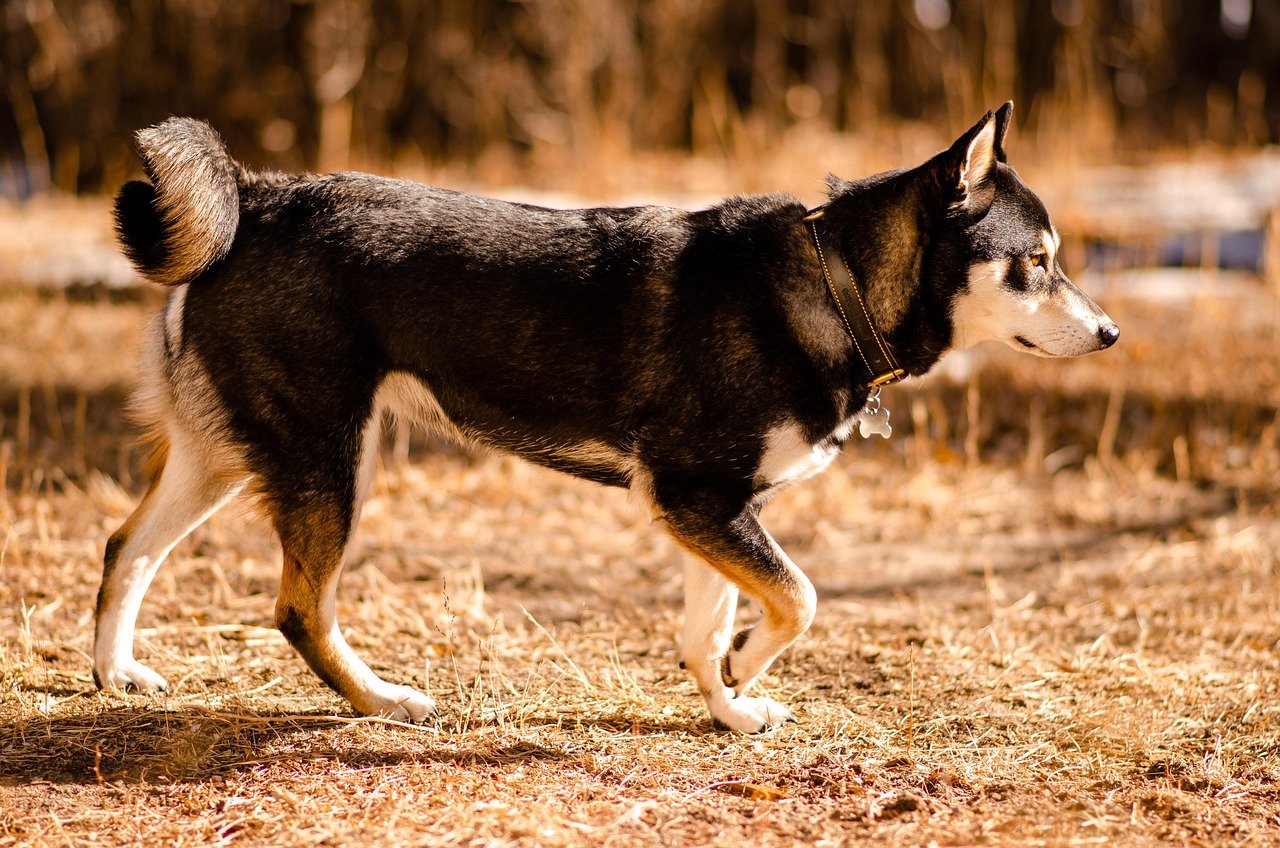
Don’t let the Shiba Inu’s compact size fool you—these Japanese dogs are built for survival. Originally bred to hunt small game in rugged terrain, Shibas are agile, alert, and fiercely independent. Their thick double coats offer protection from the elements, and their sharp wits keep them ahead of danger. Shibas are known for their “spirited boldness,” which means they’re not afraid to face challenges head-on. In the wild, their speed and agility would help them catch prey and evade predators. Their resourcefulness makes them well-equipped to find food and shelter on their own.
Basenji
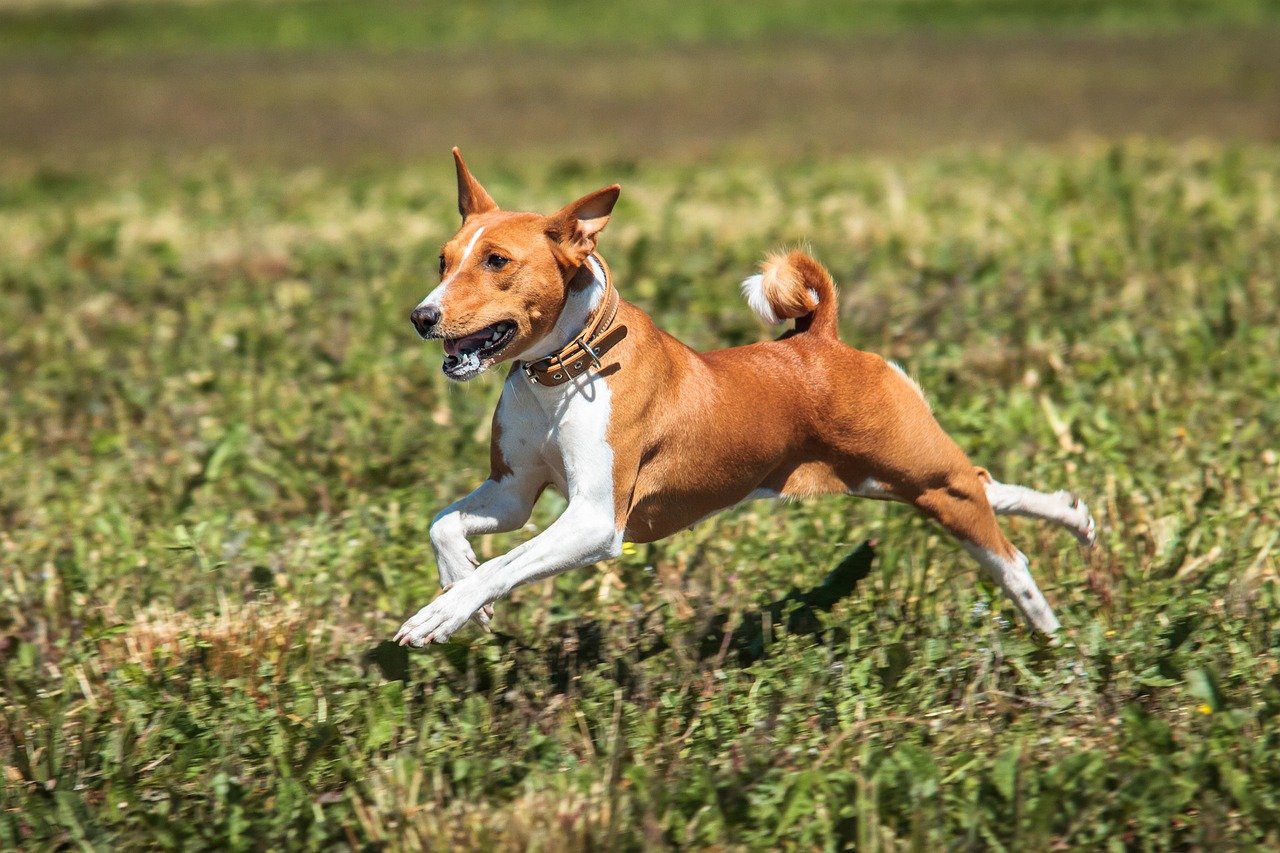
The Basenji is often called the “barkless dog,” but what truly sets it apart is its ancient lineage and survival instincts. Originating from Central Africa, Basenjis were bred to hunt in dense jungles, relying on their speed and keen eyesight. They’re expert climbers and jumpers, able to escape danger quickly. Their short coats and lean bodies help them stay cool in hot environments, while their intelligence and curiosity lead them to new sources of food and water. Basenjis are independent and stubborn, yet loyal to their pack—traits that would serve them well if left to survive on their own.
Australian Cattle Dog
Australian Cattle Dogs, also known as Blue Heelers, are tough, tenacious, and smart. Developed for herding cattle across vast Australian outback, they’re no strangers to harsh environments. Their stamina is legendary, and they’re quick on their feet, making them excellent at chasing and catching prey. Cattle Dogs are problem solvers, able to navigate obstacles and find creative solutions. Their short, weather-resistant coats protect them from sun, wind, and rain. In the wild, their herding instincts would help them work in groups or alone, always finding a way to keep themselves safe and well-fed.
Border Collie
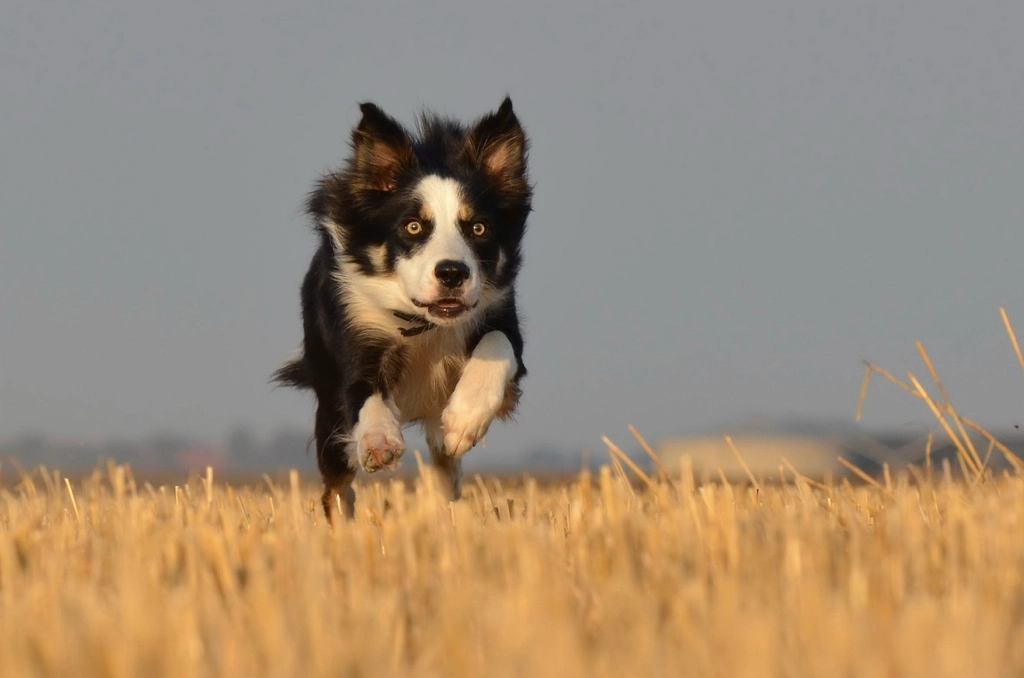
Border Collies are widely considered the most intelligent dog breed, and that sharp mind would be their greatest asset in the wild. Bred for herding sheep in the rugged hills of Scotland and England, they’re quick, agile, and endlessly energetic. Collies have incredible stamina, able to cover miles in search of food or shelter. Their problem-solving skills are unmatched—they can open gates, navigate tough terrain, and outwit both prey and predators. With a strong prey drive, they’re skilled hunters, and their thick coat keeps them warm in cold climates. In the wild, a Border Collie would turn every challenge into an opportunity for survival.
Caucasian Shepherd Dog
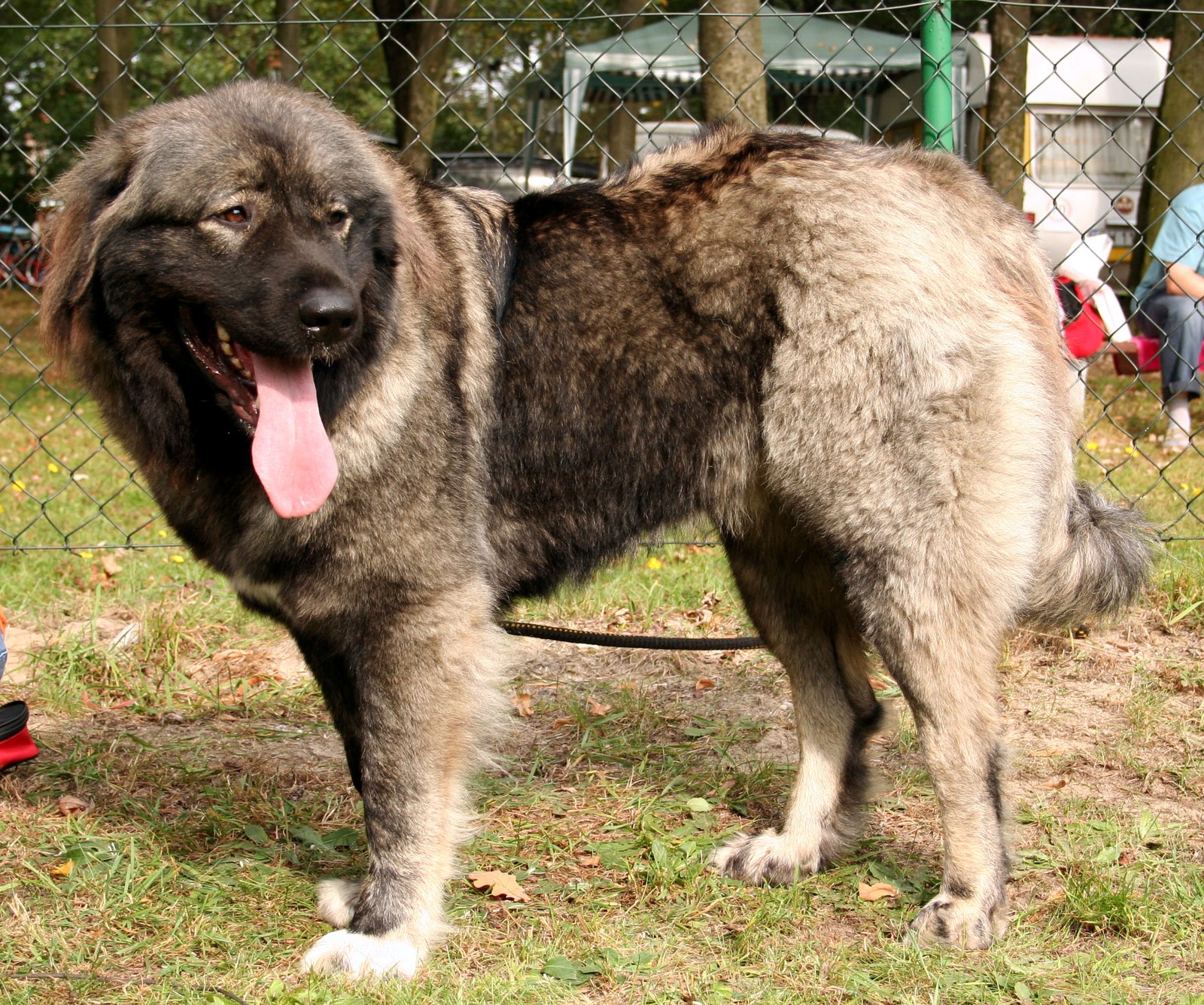
The Caucasian Shepherd Dog is a true giant, originally bred to guard livestock in the mountains of Eastern Europe. Their massive size and thick fur make them almost bear-like, and they’re fiercely protective of their territory. In the wild, their strength would allow them to fend off predators, while their endurance would help them survive long, cold winters. Shepherds are independent thinkers, not easily intimidated or fooled. Their natural suspicion of strangers means they’re always alert to danger. A Caucasian Shepherd Dog in the wild would be a formidable presence, relying on its instincts and size to survive.
Norwegian Elkhound
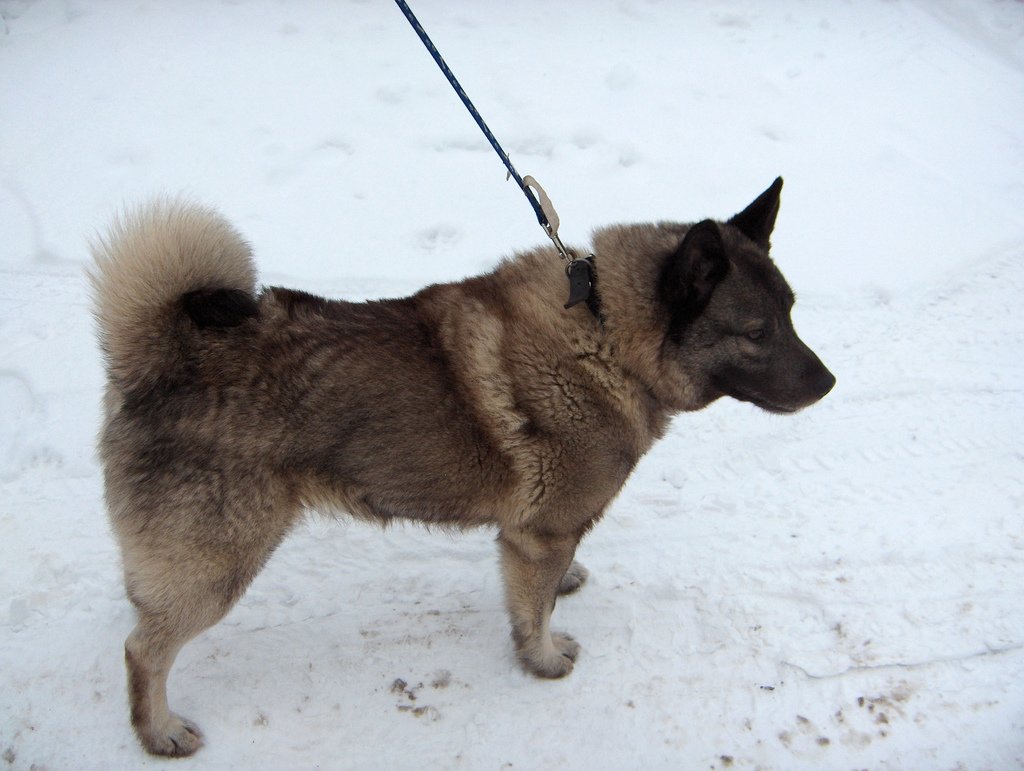
Norwegian Elkhounds are ancient hunting dogs, once used by Vikings to track big game like elk and even bears. With their thick, weather-resistant coats, they’re built to handle cold and wet conditions. Elkhounds are fast, agile, and have a powerful sense of smell, perfect for tracking prey in dense forests. Their bold, independent nature means they don’t shy away from challenges, and their loyalty to their pack is unwavering. In the wild, a Norwegian Elkhound would rely on its hunting instincts and adaptability to thrive, making it a true survivor.
Karelian Bear Dog
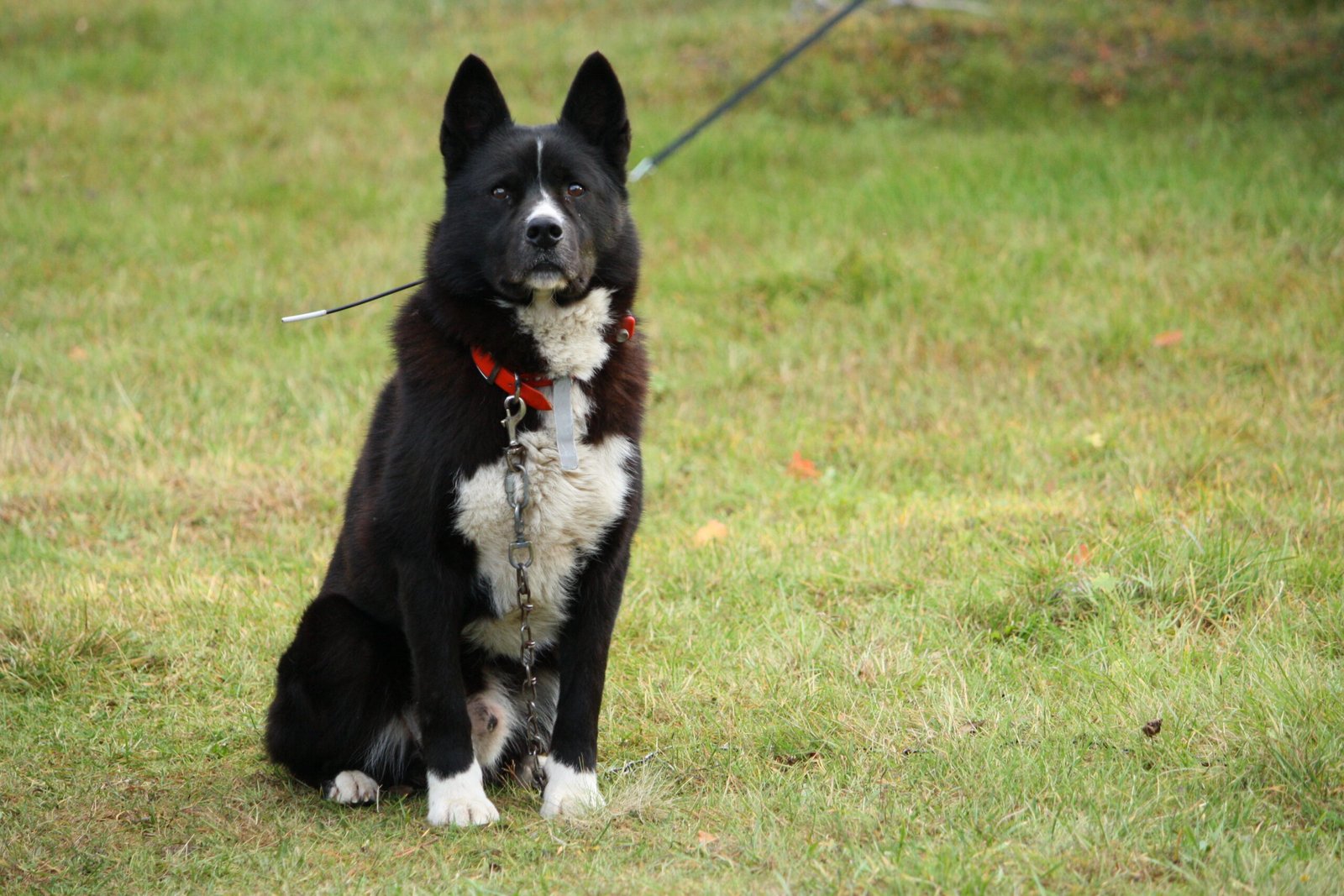
Karelian Bear Dogs are fearless, strong, and built for the wild. Originally bred in Finland to hunt large game, including bears, these dogs are known for their courage and determination. Their black-and-white coats offer some camouflage in northern forests, and their muscular bodies give them the power to tackle tough prey. Karelian Bear Dogs are independent and smart, able to make quick decisions in stressful situations. In the wild, they’d use their hunting skills, tenacity, and strong will to find food and protect themselves from bigger predators.
Irish Wolfhound
The Irish Wolfhound is one of the tallest dog breeds, once bred to hunt wolves and guard estates. Despite their gentle nature with humans, they’re formidable hunters with sharp instincts. Wolfhounds are fast, powerful, and have a keen sense of sight, able to spot movement from a distance. Their wiry coats protect them from harsh weather, and their endurance helps them travel long distances. In the wild, an Irish Wolfhound would use its size, speed, and intelligence to hunt and survive, making it a surprising but effective survivor.
Doberman Pinscher
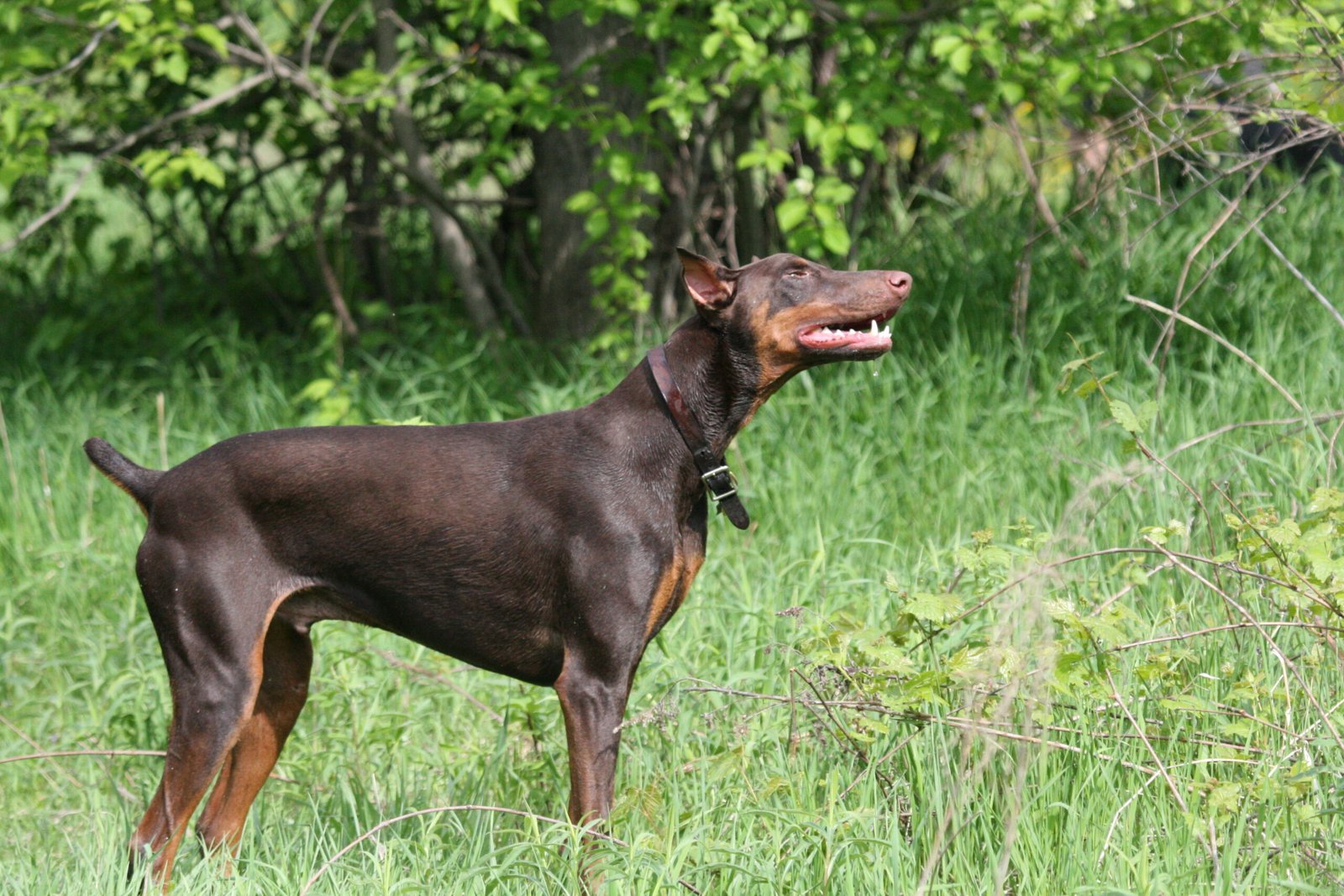
Doberman Pinschers are sleek, strong, and incredibly alert. Originally bred for protection, they’re fast and highly intelligent, making them excellent problem solvers. Dobermans have a strong prey drive and are naturally wary of strangers, which would help them avoid danger in the wild. Their muscular build allows them to run quickly and jump high, useful for escaping predators or catching small animals. With a determined and fearless attitude, Dobermans would rely on their instincts and physical abilities to navigate the challenges of survival.
Tibetan Mastiff
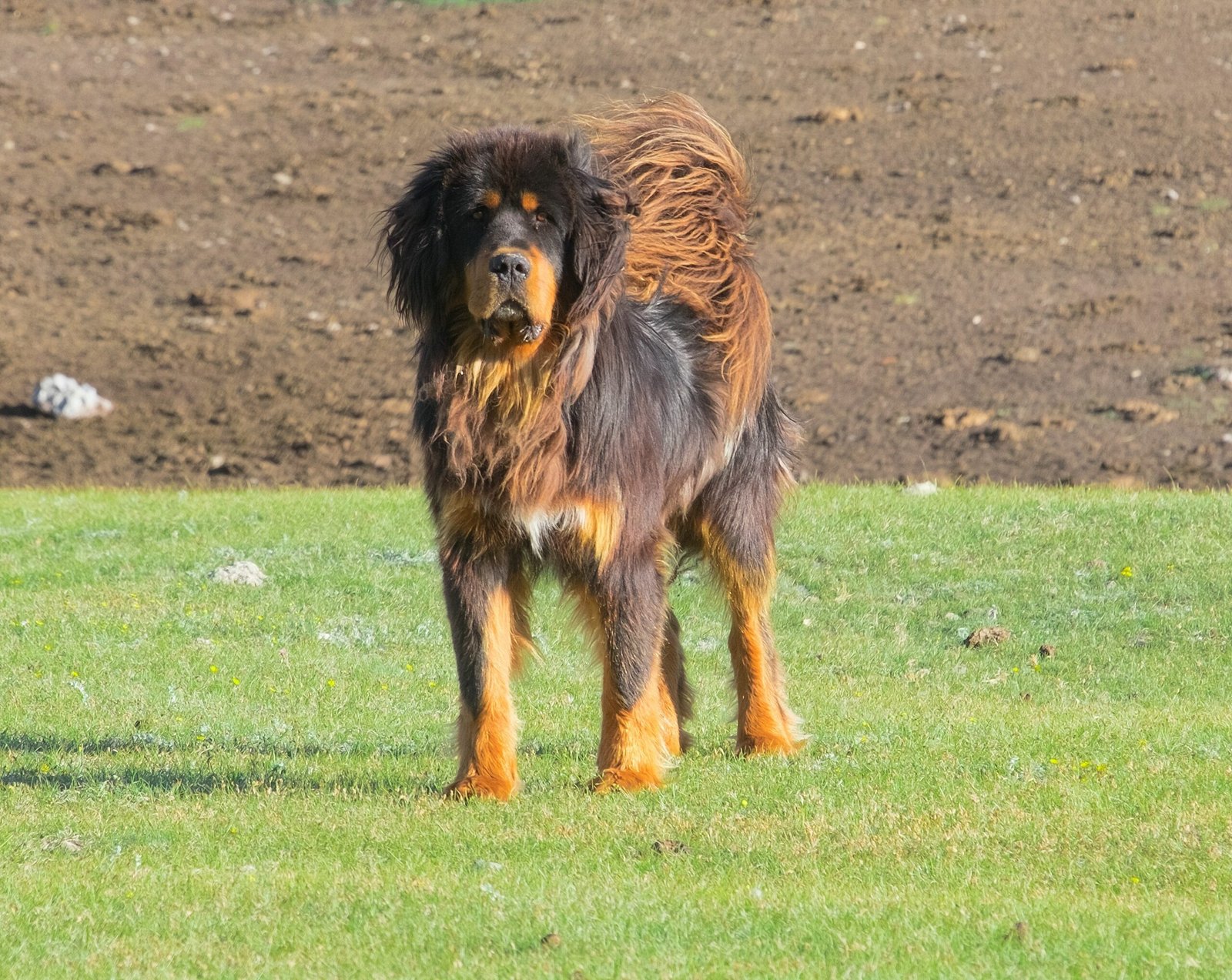
Tibetan Mastiffs are ancient guardians of the Himalayas, bred to protect livestock from wolves and snow leopards. These massive dogs have thick, weatherproof coats and an imposing presence. They’re independent thinkers, often making decisions on their own without guidance. Their loyalty is legendary, but in the wild, it’s their courage and strength that would see them through. Tibetan Mastiffs are patient hunters and fierce defenders, unafraid to face larger predators. If left in the wild, their instincts, power, and resilience would make them top contenders for survival.
Conclusion
Survival in the wild is about more than just strength—it’s about wit, courage, and adaptability. From the icy tundras to dense forests, these 15 breeds bring unique skills and instincts that make them nature’s true survivors. Each dog on this list has a story written in its DNA, a reminder of the wild places they once called home. Which one surprised you the most?

Born and bred in South Africa, a Capetonian at heart. Amy-Leigh’s love for nature and animals was inherited from her Dad. He loves taking the family on road trips to experience nature at its finest; Amy-Leigh’s favourite being whale watching in Hermanus and spotting Kudu along the West Coast. Amy-Leigh holds a BA in English Literature and Communication Studies.






